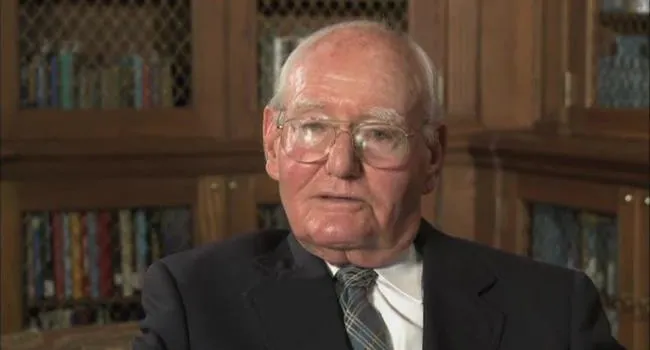Okinawa was the final Japanese island before the mainland. It would be the largest amphibious invasion in history. The Americans had to control the air and the water. The orders came that the Americans would attack at night. They headed out at about 3:00 a.m. The battle that ensued was horrendous on both sides. There were dead and wounded everywhere, but the Americans had broken the Japanese line. The Japanese were not surrendering. You had to kill them in place. However, a number of the Japanese committed suicide by running attacks against the Americans, and there were some who jumped off of cliffs, and some while holding their babies.
During the battle for Okinawa, which began April 1, 1945, V.E. Day occurred in Europe on May 8, 1945.
*This segment contains material that may be objectionable to some audiences. Teachers are encouraged to view before showing to students.
Standards
- 5.3 Demonstrate an understanding of the economic, political, and social effects of World War II, the Holocaust, and their aftermath (i.e., 1930–1950) on the United States and South Carolina.
- 5.3.CE Analyze the cause and effect of government-sponsored policies within the United States and Europe related to the status of different groups, to include the Holocaust.
- 5.3.CX Contextualize the technological and geographic influence on military strategies in the Pacific and European theaters of war of World War II.
- 8.5.CO Compare South Carolina and U.S. wartime contributions and demobilization after World War II.





